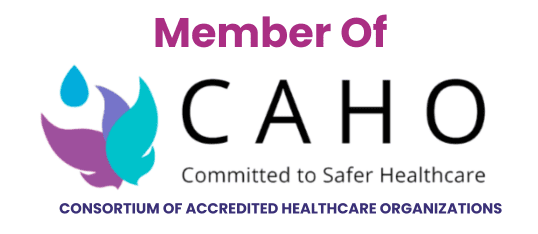Cancer is unique due to the fact that extent of disease determines chance of cure. If disease is picked up at an early stage, chances of cure are quite high, ranging from 80 – 100% depending on type of cancer, site and age of patient etc. If disease is advanced at the time of detection, chance of cure is diminished significantly, but even in these patients it is possible to relieve symptoms caused by disease and improve quality of life.
Cancer is not a communicable disease. It doesn’t spread through touching, sharing food, kissing or by sexual intercourse. Cancer patients need physical, emotional and mental support in their fight against the disease. Their attenders can interact freely with them without fear of acquiring the disease themselves.
There are certain factors that place an individual at the risk of developing cancer. Some risk factors can be controlled and other factors like age, sex, hormonal changes, family history, and genetics cannot be controlled.
The common risk factors are:
Smoking and use of tobacco
Viral infections like HPV, Hepatitis B and Hepatitis C
Exposure to chemical and toxic compound
Exposure to ionising radiation
Exposure to ultraviolet rays
Processed red meat
Excess alcohol consumption
Obesity
Incidence of cancer in first degree relatives like siblings, parents etc. increases the risk of cancer by 1.5 to 2 fold. The risk increases further if multiple family members have cancer. In this scenario, it is likely that the family members are carrying a particular genetic mutation in their DNA like p53, BRCA1, BRCA2, PTEN etc. It is advisable that normal individuals with strong family history of cancer get themselves screened regularly by an Oncologist and undergo genetic testing.
Radiation therapy is a painless treatment modality. Patients are made to lie under a special machine (linear accelerator) which generates X rays and targets ONLY the tumor site. Patient does not feel any direct contact or pain. Rather than causing pain it helps in relieving severe cancer pain.
Like any other treatment, radiation therapy also carries few Side-effects. There may be some discomfort like itching, mucositis or dryness in the treated area. This can be effectively managed with supportive medications. However, the advancement in technology has enabled delivery of radiation therapy more precisely with minimal side-effects.
A patient receiving external radiation therapy does not become radioactive. The radiation received is absorbed by the body and no radiation is emitted. The patient can easily mingle with family, friends and small children after radiation therapy.
Following a healthy lifestyle helps to minimize the risk of developing cancer.
Regular physical activities
Avoid the use of tobacco
Limit alcohol consumption
Maintain a healthy weight
Eat healthy food
Regular medical check-ups
During the cancer treatment, a patient must follow a high-protein diet. Drinking plenty of fluids and following an alkaline diet plan helps patients beat the disease. Alkaline diet plan includes fruits, vegetables, legumes, millets, dry fruits and green leaves. Avoid red meat, cheese, and sugary foods.
Of course, yes. Patients who are fully cured of cancer can lead a normal life like any other person. It is very important to maintain a proper lifestyle for long term health benefits after cancer treatment.



